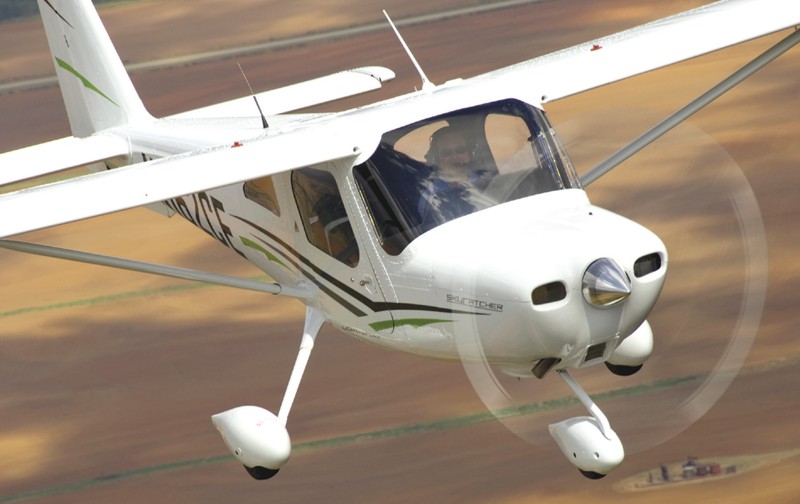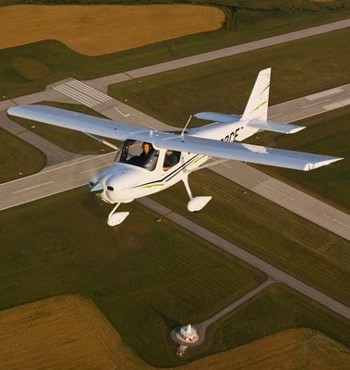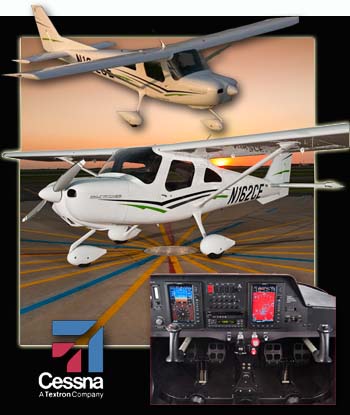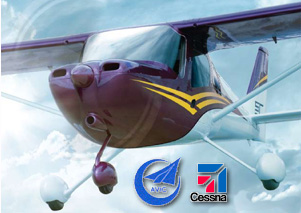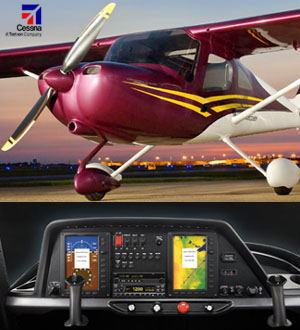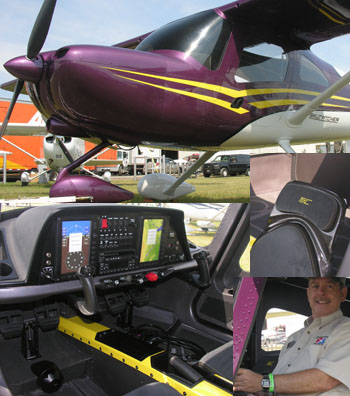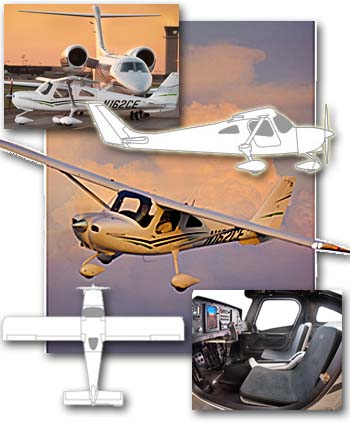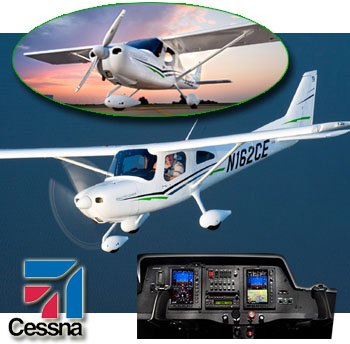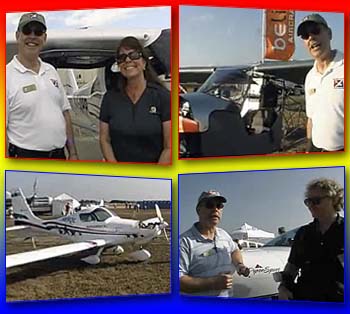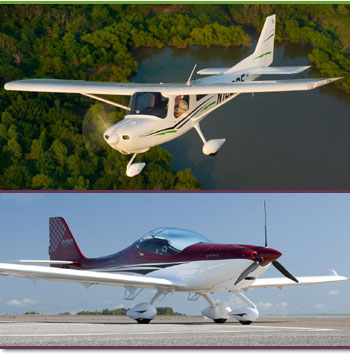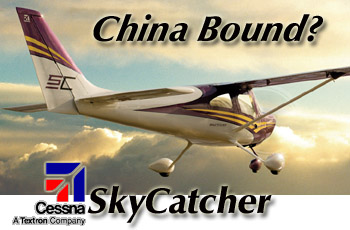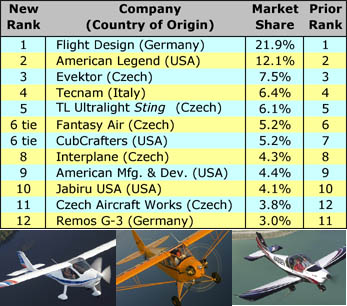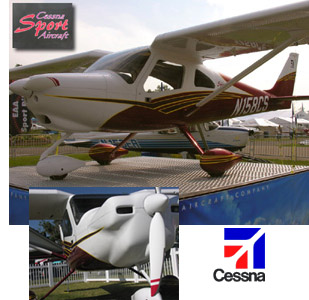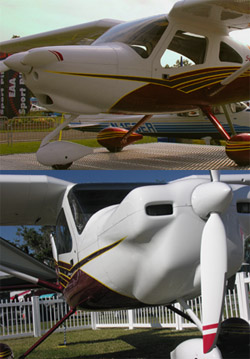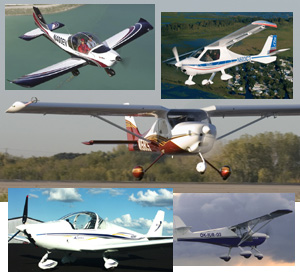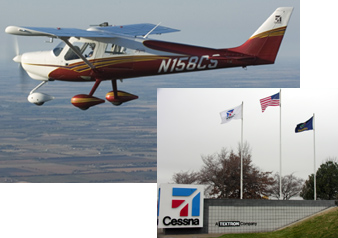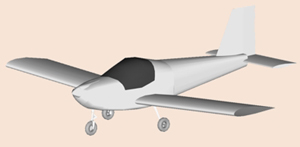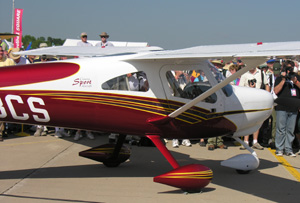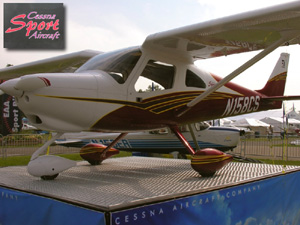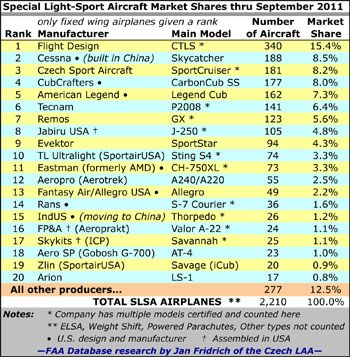
Sure enough, by several measures and based on multiple conversations, 2011 is shaping up to be a better year than 2010. Of course, that’s not saying much as all of aviation worldwide was slow last year and in 2009. When you’re near the bottom of the well, everything starts looking up. *** With those thoughts in mind, we present the newest market share report, this one through the third quarter of 2011. In recent years we’ve had folks tell us we ought to show charts of this year’s or this quarter’s performance. But most readers want to know the “installed base,” to borrow a phrase from the trend-setting tech industry. When people talk about Windows versus Apple market share or iOS versus Android, they generally mean how many of all buyers have those systems. *** Nonetheless, we recognize pilots are hungry for more recent info. So for several years, we have discussed near-term performance in the text of our articles even while we present a graphic showing FAA N-number registrations since the beginning.





